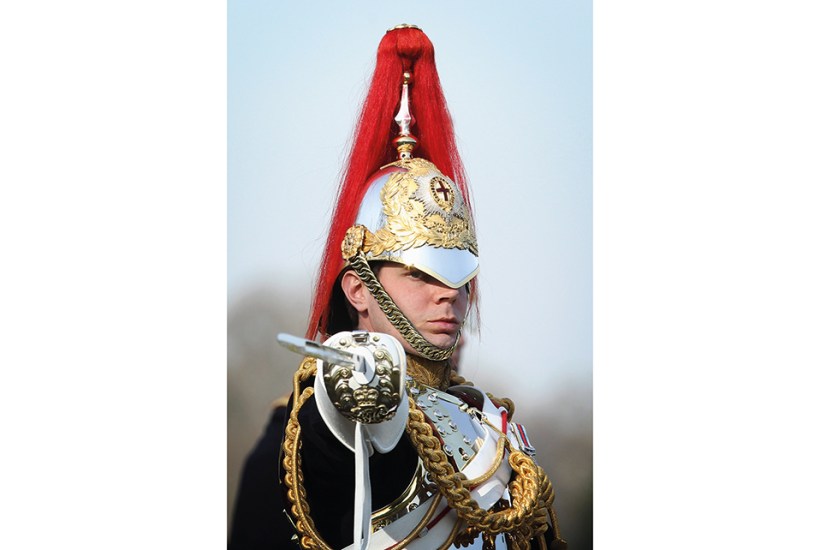This book is the perfect present for the Guardsman in your life. It offers an authorised biography of the five regiments of Foot Guards and two of Household Cavalry from 1969 to the present day. In that half century the Guards have been under fire in Northern Ireland, the Falklands, Iraq, the Balkans and Afghanistan, with much of the time also spent maintaining a presence in West Germany.
Already a subscriber? Log in
Subscribe for just $2 a week
Try a month of The Spectator Australia absolutely free and without commitment. Not only that but – if you choose to continue – you’ll pay just $2 a week for your first year.
- Unlimited access to spectator.com.au and app
- The weekly edition on the Spectator Australia app
- Spectator podcasts and newsletters
- Full access to spectator.co.uk
Or
Unlock this article
You might disagree with half of it, but you’ll enjoy reading all of it. Try your first month for free, then just $2 a week for the remainder of your first year.








Comments
Don't miss out
Join the conversation with other Spectator Australia readers. Subscribe to leave a comment.
SUBSCRIBEAlready a subscriber? Log in